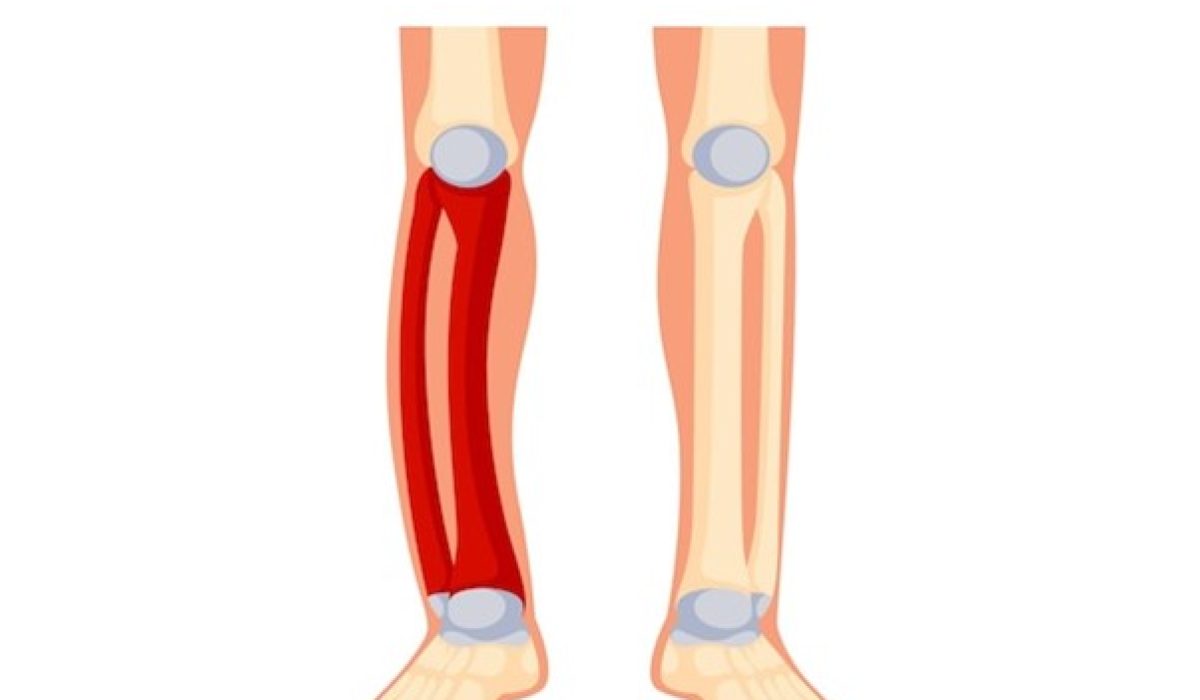Let’s explore various treatment and management strategies for Paget’s Disease, aimed at alleviating symptoms, preventing complications, and improving overall bone health.
Treatment Options for Paget’s Disease
There are several treatment options available to manage symptoms and slow down the progression of the condition. Bisphosphonates, a class of medications that help regulate bone turnover, are commonly prescribed to reduce bone pain and prevent further bone loss. In some cases, calcitonin or other medications may be recommended to control symptoms.
Lifestyle Modifications for Paget’s Disease
In addition to medication, certain lifestyle modifications can help individuals manage Paget’s Disease effectively. Maintaining a healthy diet rich in calcium and vitamin D is essential for bone health. Regular weight-bearing exercises, such as walking or resistance training, can also help strengthen bones and improve overall physical function.
Surgical Interventions for Paget’s Disease
In severe cases of Paget’s Disease where complications arise or conservative treatments fail to provide relief, surgical intervention may be necessary. Surgical procedures such as osteotomy (bone reshaping), joint replacement, or nerve decompression may be performed to alleviate pain, restore function, and prevent further complications.
Monitoring and Follow-Up Care
Regular monitoring and follow-up care are essential for individuals with Paget’s Disease to assess treatment effectiveness, monitor bone health, and detect any potential complications early on. Follow-up appointments with healthcare providers, periodic imaging tests, and blood tests may be recommended to track disease progression and adjust treatment as needed.
Paget’s Disease can significantly impact an individual’s quality of life if left untreated.
However, with proper management, individuals can effectively manage symptoms, prevent complications, and maintain better bone health.

